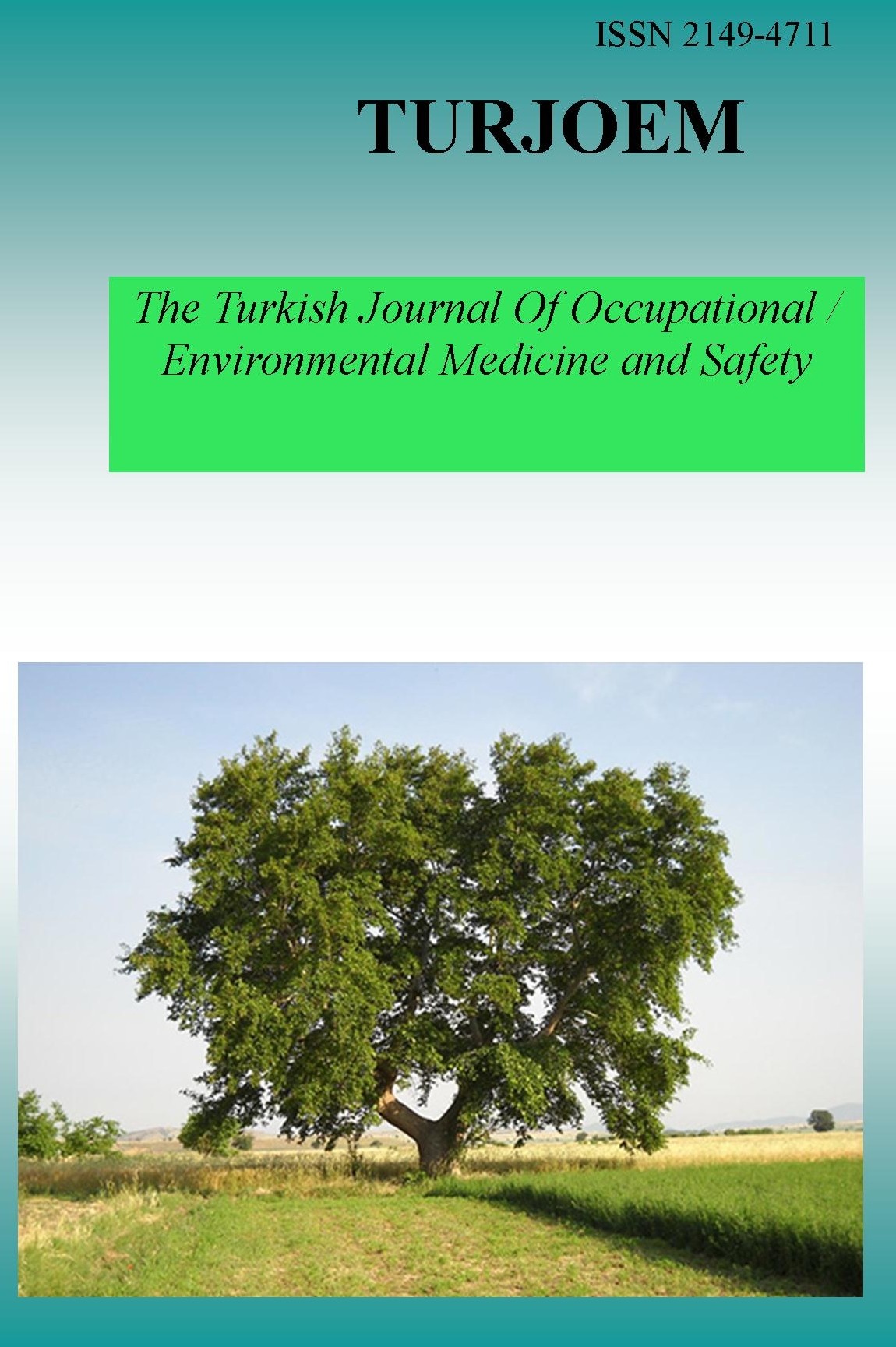EFFECTS OF OCCUPATIONAL CANCERS ON GENE REGULATION
EFFECTS OF OCCUPATIONAL CANCERS ON GENE REGULATION
___
- Mehmet Kadir ERDOĞAN
- Department of Biology, Faculty of Arts and Sciences, Bingöl University, 12000, Bingöl, Turkey
- ISSN: 2149-4711
- Başlangıç: 2015
- Yayıncı: Engin TUTKUN
DRUG POLICY AND DRUG ADDICTION IN TURKEY
THOUGHTS ON THE TOXIC EFFECTS OF NATURAL GEOLOGICAL MATERIALS
SURVEILLANCE OF AFLATOXIN M1 IN RAW MILK SAMPLES FROM SOUTHERN TURKEY
Sevcihan TAS, Emel Banu BUYUKUNAL
CYP1B1 AS A THERAPEUTIC TARGET FOR ANTICANCER DRUGS
Elif INCE, Alev TASCIOGLU, Çigdem KARAASLAN, Natalia BILARDI, Sibel SUZEN, Hande Gurer ORHAN
A FUZZY LOGIC MODEL FOR THE DIAGNOSIS OF SILICOSIS
Deniz BOZ ERAVCI, Serdal Kenan KÖSE
HYPERICIN INDUCED CHANGES IN CYTOTOXICITY AND METABOLIC ACTIVITIES IN HT-29 ADENOCARCINOMA CELLS
Aysun Kılıç SÜLOĞLU, Güldeniz SELMANOĞLU
THE CYTOPATHOLOGICAL EFFECTS OF LAMBDA-CYHALOTHRIN ON GILLS OF OREOCHROMIS NILOTICUS
Pelin UĞURLU, Elif İpek SATAR, Tarık ÇİÇEK, Özlem DEMİRCİ
OXIDANT IMBALANCE IN THALASSEMIA PATIENTS
Yasemin KARTAL, Zeliha KAYAALTI
DNA BINDING AND ANTICANCER ACTIVITY OF NOVEL SPIRO-CYCLOTRIPHOSPHAZENES
Selen Bilge KOÇAK, Nisan Sevin BAŞTERZİ, Serhan PEKTAŞ, Celal Tuğrul ZEYREK, Burak ÇOBAN, Ufuk YILDIZ, Ishak Özel TEKİN
THE ULTRASTRUCTURAL EFFECTS OF LAMBDA-CYHALOTHRIN ON GILLS OF OREOCHROMIS NILOTICUS
